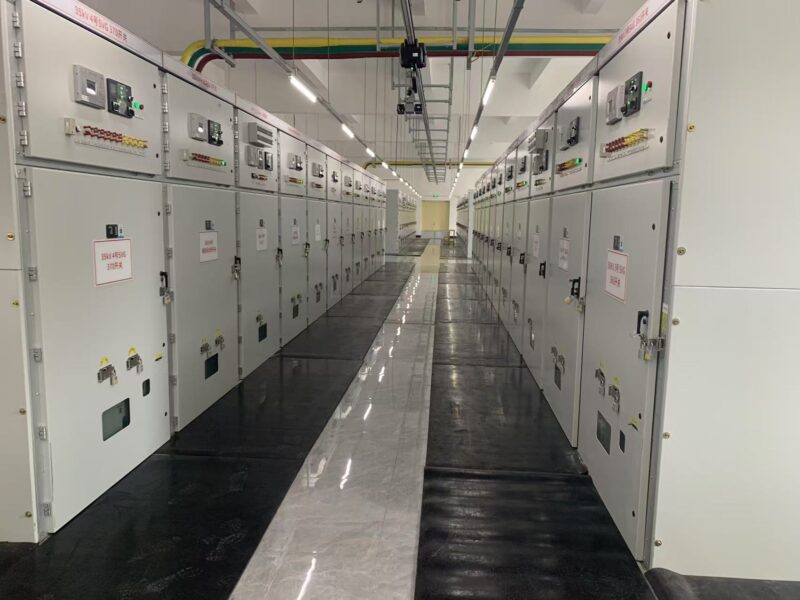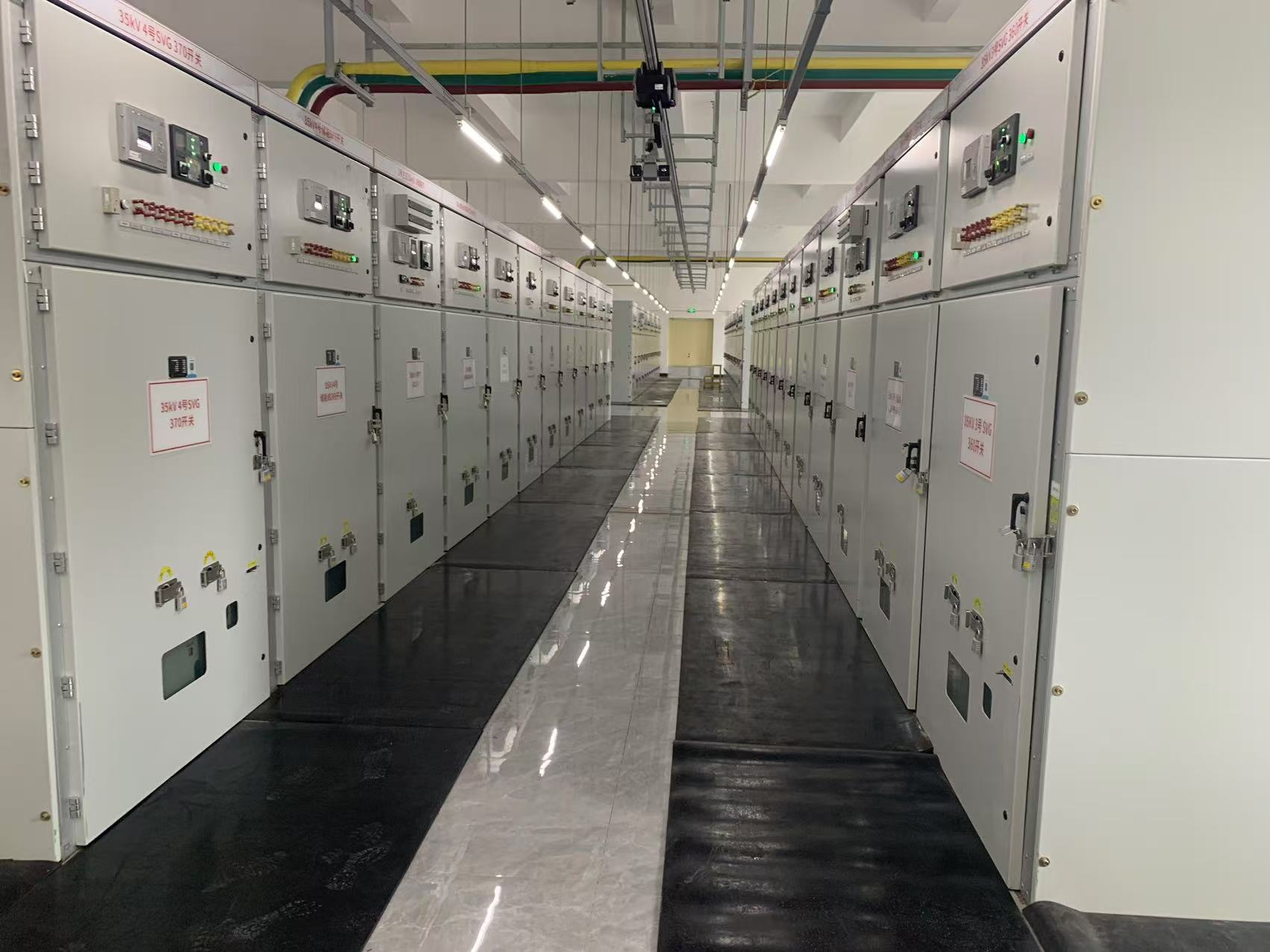
Power Distribution Room Energization
The power distribution room (also known as the power distribution house or substation) plays a crucial role in the power system, responsible for transmitting electrical energy from power plants or substations to the user end. The energization of a power distribution room is a complex and precise process. Below is a detailed explanation of the energization of a power distribution room:

I. Preparations Before Energization
-
Equipment Status Inspection:
- Conduct a thorough and detailed inspection of the equipment and circuits within the power distribution room to ensure there is no obvious damage or foreign object interference, the connection parts are tight without loosening, and the insulating materials are not damaged.
- Use professional tools for inspection and decide whether to proceed with the energization operation based on the inspection results.
- If grounding wires were installed for safety reasons during the outage, they must be removed before energization. The removal sequence is to first disconnect the line end and then the grounding end.
-
Verification of High-Voltage Switches:
- After confirming that the equipment and circuits in the power distribution room are in normal condition, electricians need to carefully verify the numbers and positions of the high-voltage switches to ensure accurate operation.

II. Energization Operation Process
-
Closing the Interconnection Isolating Switch:
- After confirming that both incoming line switches are in the open position, close the interconnection isolating switch between the two high-voltage buses to enable parallel operation of the two high-voltage buses.
-
Closing the High-Voltage Incoming Line Switch:
- Sequentially close all isolating switches on the high-voltage incoming line, and then close the incoming line circuit breaker. If the closing is successful, it indicates that the high-voltage bus is intact.
-
Checking the Power Supply Voltage:
- Close the isolating switch connected to the voltage transformer circuit on the high-voltage bus and check if the power supply voltage is normal.
-
Energizing All Main Transformers in the Power Distribution Room:
- Close all isolating switches on all high-voltage outgoing lines, and then close all high-voltage outgoing line circuit breakers.
-
Closing the Low-Voltage Side Blade Switch and Circuit Breaker:
- Close the blade switch on the low-voltage side of the main transformer in the power distribution room, and then close the low-voltage circuit breaker. If the closing is successful, it indicates that the low-voltage bus is intact.
-
Checking the Low-Voltage Voltage:
- Check if the low voltage is normal through voltmeters connected to both low-voltage buses.
-
Closing Low-Voltage Outgoing Line Switches:
- Close all blade switches on the low-voltage outgoing lines in the power distribution room, and then close all low-voltage circuit breakers or blade switches with low-voltage fuse protection to energize all low-voltage outgoing lines. At this point, the entire high-voltage power distribution station and its attached workshop substation are fully operational.
III. Precautions for Energization
-
Power Stoppage and Restoration Sequence:
- During power outages, stop the low voltage first and then the high voltage; during power restoration, follow the opposite sequence. When stopping low voltage, first stop all low-voltage branch switches, then the low-voltage main switch. The control circuit should be stopped first, followed by the main circuit; during power restoration, follow the opposite sequence. It is strictly prohibited to open or close isolating switches under load.
-
Operation Supervision:
- Operators should wear personal protective equipment such as insulating gloves and insulating boots and strictly comply with operating procedures.
- All power stoppage and restoration operations must be carried out strictly according to standard operating procedures and cannot be changed without authorization.
- The supervisor should closely monitor each action of the operator and be ready to take measures to correct any incorrect operations promptly.
-
Operation Records:
- For each power stoppage and restoration operation, detailed records should be made of the operation time, operator’s name, and operation content.
-
Equipment Adjustment and Maintenance:
- Adjust and debug the power distribution equipment as needed based on actual operational requirements, such as adjusting voltage, current, and power parameters.
- Regularly maintain and service the power distribution equipment, including cleaning wires and plugs, and replacing aging or damaged equipment and wires.
In summary, the energization of a power distribution room is a process that requires strict adherence to operating procedures and precautions. Through reasonable energization operation procedures and meticulous preparations, the safety and reliability of power distribution room energization can be ensured.
